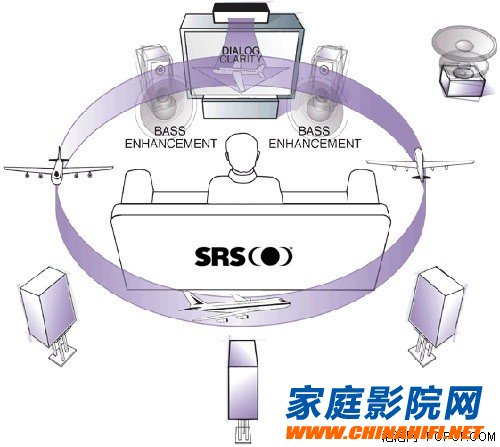What is the sound field The sound field of sound can also be called the "space sense" of sound. Therefore, when we refer to the "shape of the sound field", it refers to the arrangement of the orchestras that the equipment reproduces. Due to the uneven distribution of the frequency response curve and the horn directivity and room sound wave reflection conditions, some sound fields are concave, some are wider than the depth; some are deeper than the width. Some sound field shapes are square and have no concave shape. The reproduction of different shapes of this sound stage is called the shape of the sound field. The best sound field shape must of course conform to the original recording. It is worth noting that during the live performance, the arrangement of the orchestra is wider than the depth; but in the studio, the arrangement of the orchestra is often changed for the sound effect, usually the length will be lengthened, especially the percussion instrument. Put it a little further. As a result, it is not the arrangement we see in the concert hall, so the discerning readers and commentators are indispensable. Sound field position In addition to the "shape", the sound field has a problem of "position". This includes the front, back, high, and low of the sound field. Some equipment will bring the entire sound field closer to the listener; some will retreat. Some sound fields sound like they float in the air; others are like watching the stage on the second floor of the concert hall. There are many reasons for the formation of the sound field position, such as the position of the horn and the uniformity of the frequency response are significant factors. What is the ideal sound field position? The sound of the double bass and the cello should come out from a lower place. The position of the violin is higher than that of the double bass and the cello. If the orchestra has a low front and a high height, the sound field is also It should appear in the front low and then high. Like a copper tube, it is highly likely that the position is higher. As for the height of the entire sound field, the height of the two eyes should always be a slightly lower height of the sound field when you are sitting. In other words, the violin should be above sight, and the cello and double bass should be in sight. The copper tube must be at least as high or higher as the violin. As for the front and rear positions of the sound field, it should start at the beginning of the "front line of the horn". Of course, this optimal sound field position is not easy to find because it has a great relationship with the listening software. Usually, it is easier to find backwards from the back of the horn, but you can't "retract" too much. Width of the sound field I often hear the enthusiasts boast: "My sound field is not only beyond the horn, wide to the two side walls, or even the wall." This sentence is heard by the layman, it is a fantasy. When I heard it, it was only a bit exaggerated. I think many audio fans have this kind of experience, so I don't have to pay more. In general, the width of the sound field can be wider than the side wall. As for breaking the wall, I am afraid it will depend on a little imagination. At least, in my case, I want to "see it with my eyes." The sound field is counted there. I can't see anything outside the wall. I can't be sure that it is there. Therefore, the width of my sound field is actually only within my wall. Depth of the sound field This is what we usually call "the sense of depth", and now I attribute it to the depth of the sound field. Why don't you juxtapose it with the sense of hierarchy and positioning? Because the level and positioning are not about the sound field, but the sense of depth is still in the range of the sound field, so I changed it to "sound field." The depth is not called the sense of depth. Like the "width of the sound field", many people will say that the depth of his home's sound field has already broken through the wall, reaching deep into the street. Of course, this is only to satisfy your own adjectives. The true “field depth†refers to the distance between the foremost instrument in the sound field and the last line instrument. In other words, it is most likely the distance between the violin and the bass drum and timpani. Some equipment or environments have too many low-frequency or low-frequency frequencies, so the position of the drum and the timpani will advance. At this time, the depth of the sound field is of course poor. In another case, the position of some sound fields is retracted, and the result is mistaken that the depth of the sound field is very good, which is wrong. I believe that you can't be wrong if you grasp the phrase "the distance between the violin and the timpani and the drum." More home theater knowledge, welcome to WeChat plus CNHIFI. Product application: Screwless Wall Plate,Decorative Screwless Wall Plate,Metal Screwless Coaxial Wall Plate,Stainless Steel Wall Plate Hoojet Electric Appliance Co.,Ltd , https://www.hoojetgfci.com
â– Products for commercial,household,lighting
Product features:
â– High strength,impact resistance and thermal stability
--Panel material using high quality polycarbonate
â– High resistance to deformation
---Long term use without obvious distortion
â– Flame retardant grade
----The flame retardant grade of panel is in line with UL94-V2
â– Adaptation property
----American Standard socket adapter all accord with NEMA
Standard